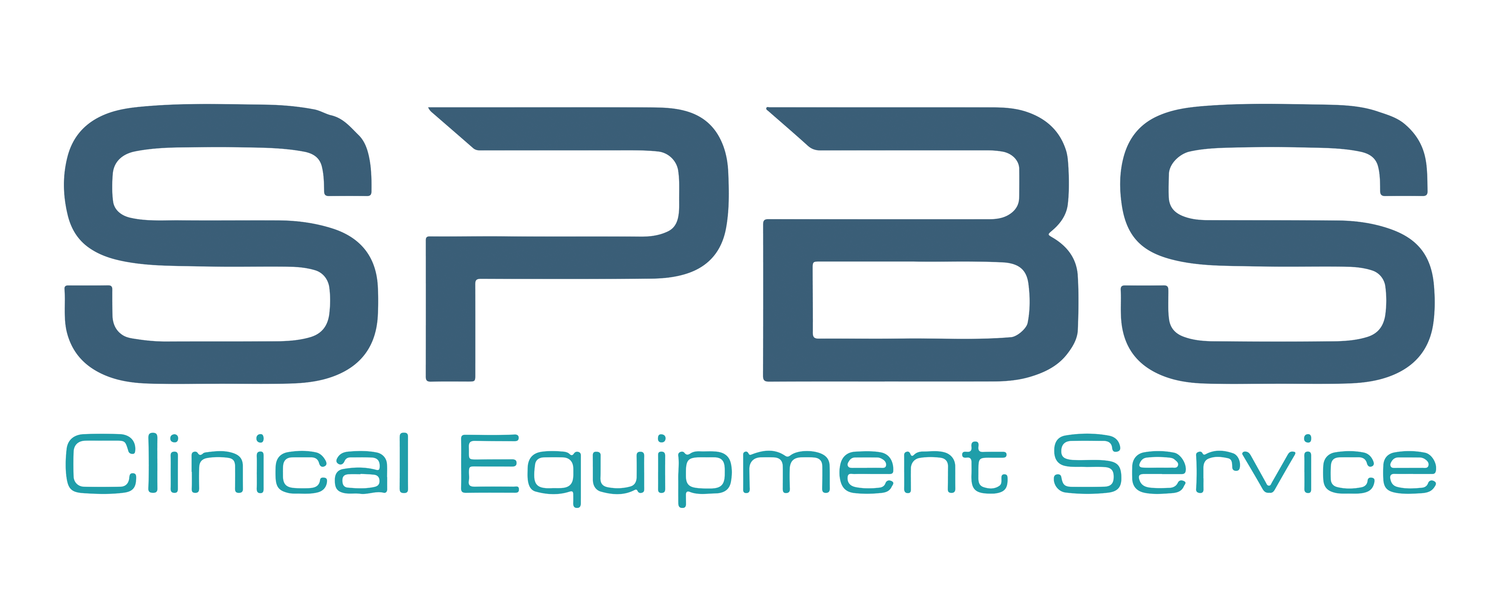While everyone’s process will inevitably look slightly different, the “perfect” capital equipment management program is one that best suits your organization and continues to evolve over time – adding more accurate data analytics and automation as the organization progresses.
Step 1: Identify Key Data
Checklist should include:
- Accurate inventory with standard nomenclature (consistent – no typos!)
- Cost of ownership/maintenance over time (time & materials)
- Contract cost and coverage
- Replacement cost
- Estimated useful life
- Downtime
- Breakage rates
- Purchase Cost
Step 2: Standardize your fleet.
Pick a device type and look at the manufacturers and models across your enterprise. If you have thousands of one type, can you get rid of the remaining outliers? Is there a real need for each department to have its own type of pump?
Data Required: Standard inventory
Value Prop: Economies of scale related to group purchasing, training, and support
Step 3: Draw a line in the sand.
Pick an estimate useful life for all your equipment. This could be strictly by device type, model, department, risk group, etc. While it’s more accurate to be specific, it’s more important to have everyone on the same page. Remember the 80/20 rule, and keep in mind this useful life will change over time.
Data Required: Standard inventory, equipment incoming/purchase date, useful life estimates
Value Prop: Generally, there is way too much equipment to look at all at once. This will help make an initial determination for what can be put on a back burner. The goal is to never have “old” equipment, although the definition of “old” will certainly change over time.
Step 4: Find the outliers.
Look at anything beyond its estimated useful life. Remember that the “Useful Life” is a guideline and not the absolute “End of Life” that should be used for determining a replacement date. That said, there are three reasons why any device would be beyond its estimated “Useful Life”:
- The useful life assumption is not good enough (yet!)
- There are some exceptions to the useful life rule
- Some equipment should be added to the replacement forecast
Update the useful life assumptions and device end of life exceptions as necessary so that anything still considered beyond “Useful Life” has a related plan for replacement.
Data Required: Standard inventory, useful life, end of life
Value Prop: Consider this a data cleanup task. The result is a basic replacement forecast starting point that will be tweaked as more data is introduced into the system. In other words, anything remaining after this step requires a verified reason for replacement before the End of Life estimate.
Step 5: Data, reporting and process improvement.
The most important step to a perfect capital equipment replacement program is to use data to drive decision making. Key factors in this may include the following (and more!):
- Downtime per repair
- Usability (percentage of “repairs” that were really user error)
- Annual cost of ownership
- Cost of ownership for last 12 months
- Mean time to failure
Once this data is collected, set benchmarks for a scoring “threshold” that is acceptable for your organization, as well as a weighting by priority to enable totaling up the factors into one replacement score. This replacement score will act as a general grade for whether or not a device is nearing its “End of Life” based on operational data.
Data Required: Standardized equipment and work order data – cost, downtime, quantity, failure trends, etc.
Value Prop: Improving “End of Life” estimates and data management automation
Step 6: Take Action.
Now that scores are happening in the background, reports are being generated, and estimated “End of Life” dates are determined, it’s time to move on. Record these updates to the equipment in your inventory database, and get started with the follow through. If there’s a stakeholder group (nursing, department heads, etc.) to survey in order to verify your decisions, now is the time to present them with real live data and get their feedback. After all that, it’s time to distribute the approved list of suggested equipment for replacement to purchasing. Be sure to update contracts and equipment records as purchases and equipment retirement take place.
Data required: Feedback on equipment evaluations, equipment decision documentation
Value Prop: Reallocations of budget when “Useful Life” is extended, economies of scale as inventory is standardized, and peace of mind that budgets are directed to the right places.

